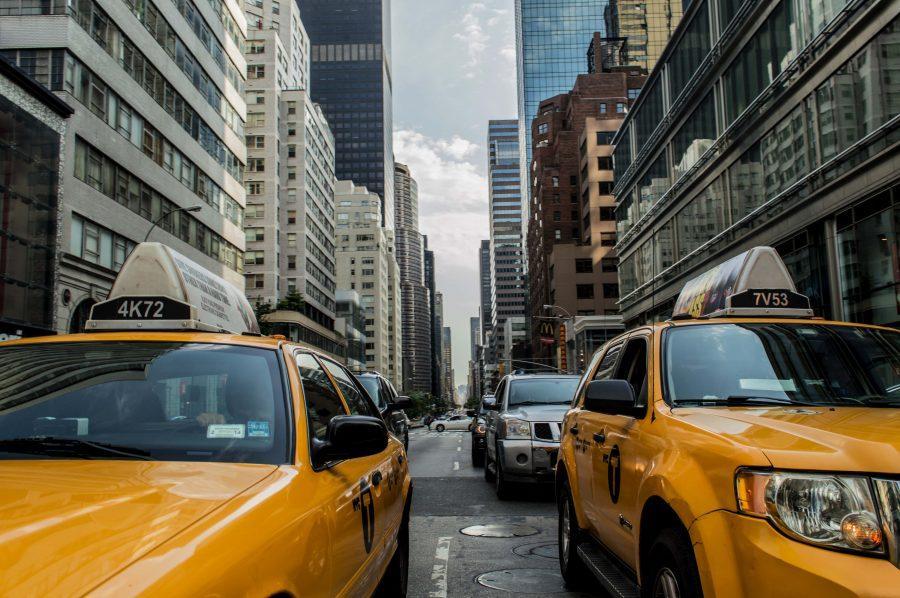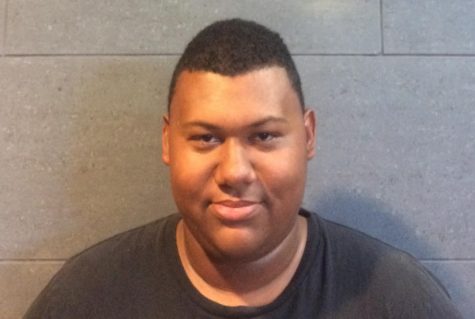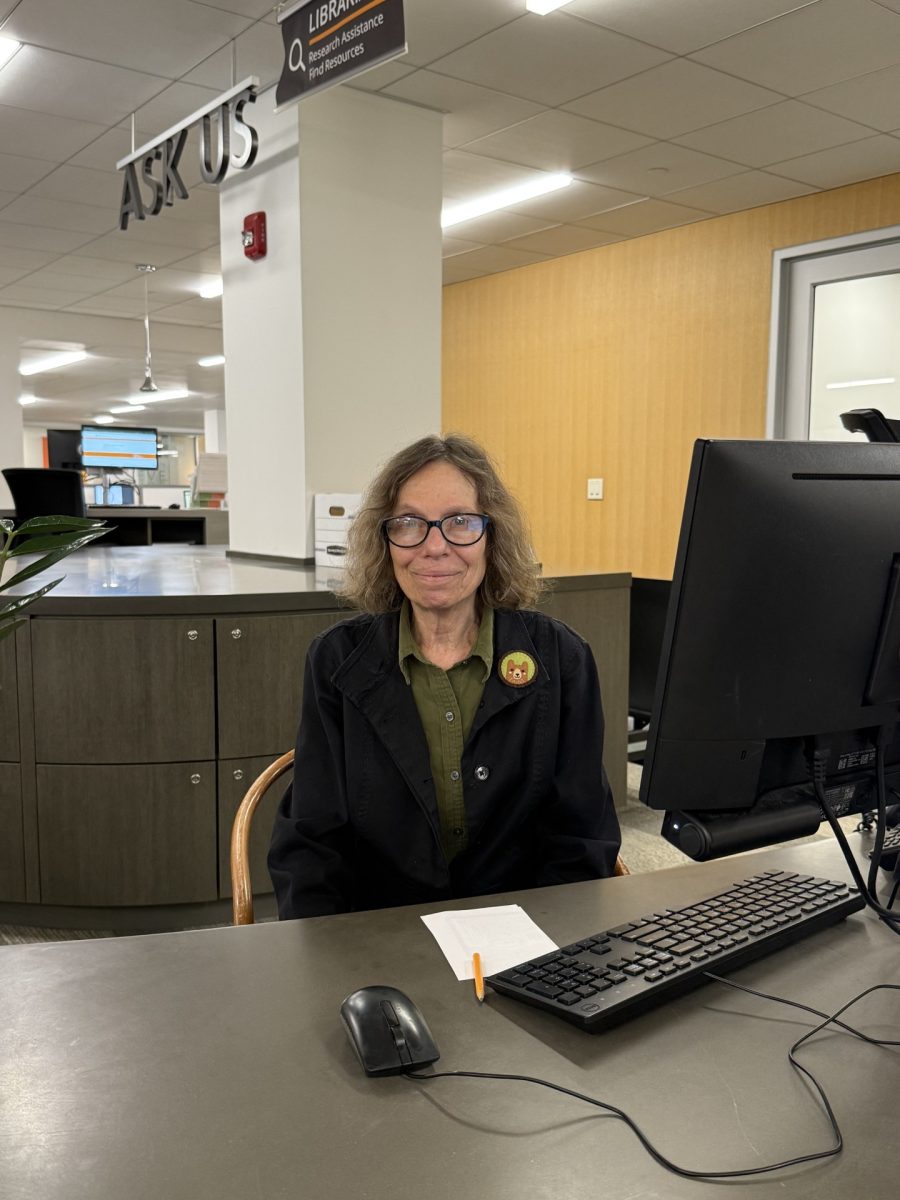The ‘Uber question’ is lacking answers
March 11, 2017
New York City is one of the busiest cities in the world. With 8 million people crammed into this space, getting around was a real problem. Though, one revolutionary app took care of that problem.
Uber, a ridesharing app, has drivers around the area and can be easily charged to a debit/credit card instead of paying with cash. Other apps have been created for this such as Lyft, whose cars are famous for having a large mustache on the front. Then, there is Curb which partners with cab companies so people can get a taxi via app.
The concept of this has become known as “ridesharing,” something that many cities in Upstate New York have been pushing for very hard to legalize. This is so many people don’t have to go through the hassle of calling a cab and waiting the number of minutes it takes for the cab to arrive. One question worth considering though, is whether or not these apps are all that necessary.
For starters, Buffalo has a large population, but nothing near the population of New York City. Places that are large like New York City needed apps like these in response to the number of cabs that weren’t readily available for picking up. Uber was a company willing to step in, and bring in available drivers.
In response to this, New York City’s Taxi and Limousine Commission created “Boro Cabs” so that cabs aren’t only limited to Manhattan. These cabs are not allowed below 96th Street and travel to the outer boroughs to drop people off. In this way, local taxi companies and services are slowly combating Uber, but taxi companies are slowly losing the war.
Ridesharing in Buffalo has been opposed by Open Buffalo, who held a news conference at the same time as a Buffalo Ridesharing Forum breakfast.
(Open Buffalo ridesharing press conference – https://www.youtube.com/watch?v=8OIrYS7haho)
Some of the points that they made are about not just Uber but about the entire ridesharing community.
Ridesharing company Lyft was active in Buffalo for a short time in 2014 before New York State shut them down.
At the Open Buffalo ridesharing press conference, speakers said that they believe the sharing economy is highly extractive and exploitive, and a scheme to shift risk from companies to employees.
The way that Uber does this is by classifying their drivers as “independent contractors.” In doing this, Uber alleviates themselves as a company of most of the responsibility of the vehicle. Since the vehicle belongs to the driver, the company makes them handle any damages or upkeep. Another disadvantage that the group mentioned was how the fares change as well as the company profits split.
When cars for Uber are busy on certain nights, the company charges higher fares because of the lack of availability. Even though the fares change, Uber drivers split their profits with the company because of the 70/30 split. Drivers keep the 30 percent of what they earn while Uber keeps 70 percent of the profits.
Ridesharing in Upstate New York is a good idea but in reality it does not seem practical. Another point the group touched on was that Uber attempted to spend one million dollars to lobby for ridesharing, but instead spent twice that, with little to no results. Though many people want this in cities of Upstate New York, the ridesharing is not a necessity.
All of the taxi and limousine companies here in Buffalo are reliable enough and do not really have a major problem amongst people living here. Though, with the NCAA Championship coming up, these companies are about to be put to the test. Whether or not they succeed is all on them.
email: [email protected]






Adam Faricellie • Mar 11, 2017 at 3:03 pm
I think you’re missing the point.
The lack of reliable and affordable transportation options in Upstate NY is deplorable. With Buffalo bars open until 4am and a simple “cab” ride from north campus to south campus costing ~$40 bucks it leaves college students “risking” the drive home because cabs in buffalo don’t come when they are called and are severely overpriced.
Buffalo is quickly becoming a destination, thanks to the “patron saint of buffalo” Terry Pegula and the revitalization of downtown and the waterfront. Quite frankly it is embarrassing when visitors come to our town and open their phone “expecting” to catch an uber to the hockey arena or the casino only to find Buffalo is stuck in the stone age of innovation. The downstate bureaucrats are aggressively trying to make the possible impossible.
One last anecdotal example: I have taken Uber in 10 different states and 30 different cities, never had a terrible experience. Some were great and some were OK. The convenience, price, and accountability to the driver and my safety were always evident. The last time I took a cab home from downtown buffalo to the north towns I had a very dirty cab, shady driver (with a passenger) and was charged 1/4 of my car payment…. but at least i made it home safe.
So i would ask you again Edwin from SUNY Buffalo State if you dont think UBER is practical in buffalo then why is it the largest city in the USA without it? or is this kind of thinking the anti-revitalization
Chrissy Cappello • Mar 11, 2017 at 11:53 am
You don’t hail a cab outside in areas like Buffalo, you call a car service and wait, so why do they need Uber? If they want to use an app they can use the taxi app E-HAIL (www.goehail.com) same convenience but real taxis.